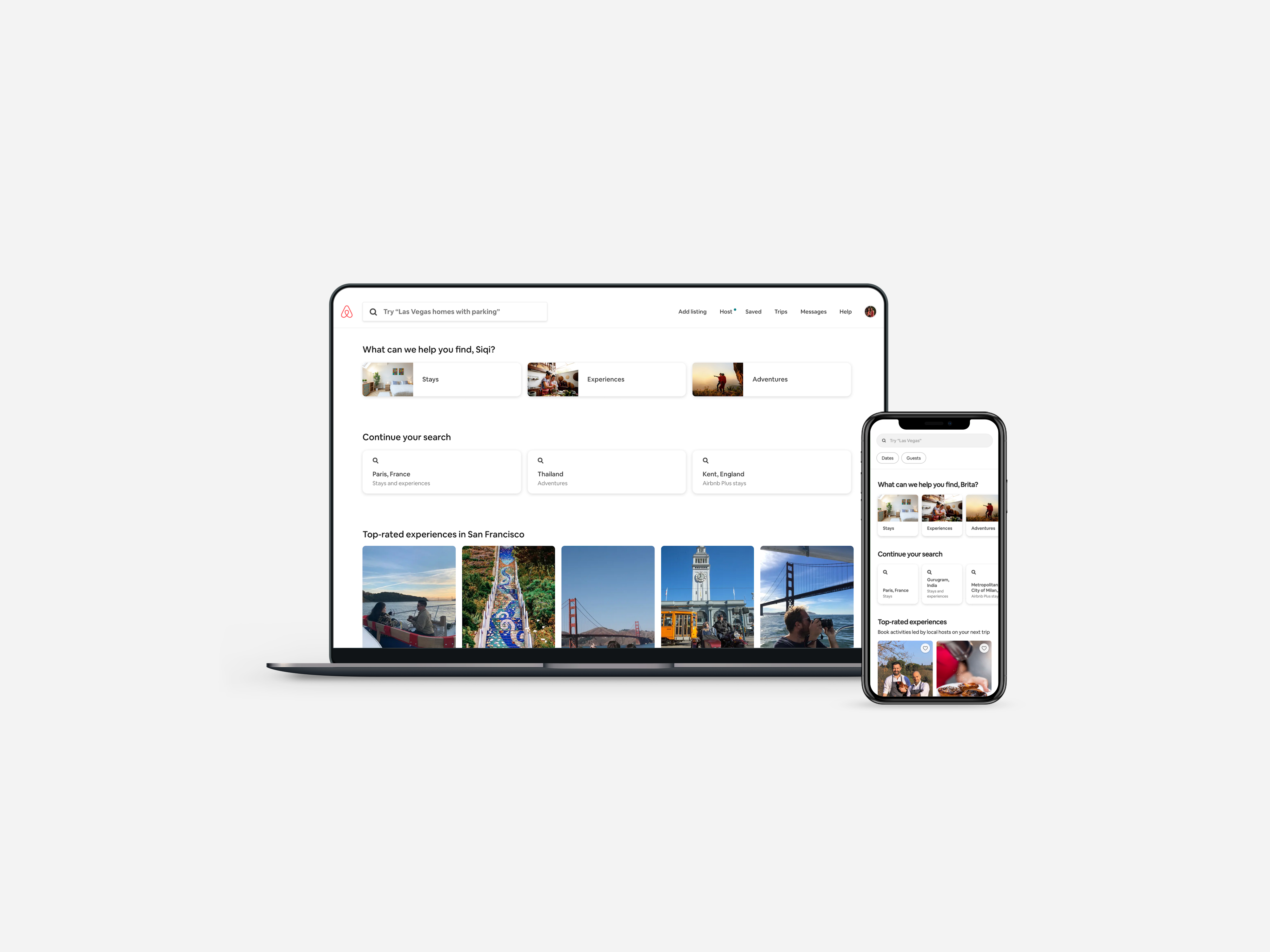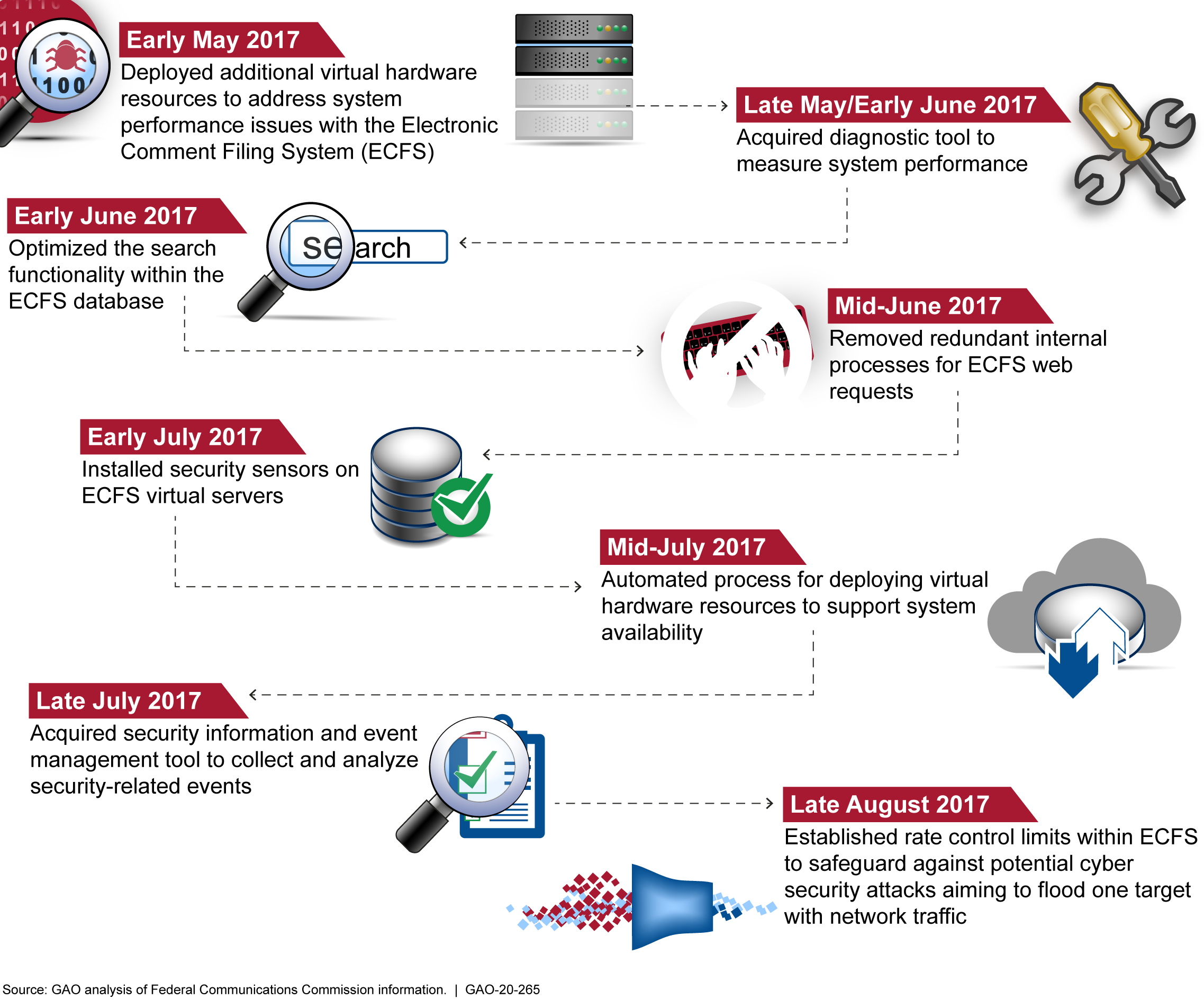Коронавирус уничтожил туристическую индустрию, и Airbnb, компания по аренде жилья, которая появилась неудержимой не так давно, не пощадила.
В то время как заголовки были сосредоточены на мерах, которые он принимает, чтобы накопить наличные деньги, чтобы компенсировать свои потери, за кулисами, почти 12-летняя компания была деловито реорганизации своей продукции. Они включают в себя переосмысление своего домашнего экрана и приложения посадочных страниц, чтобы отразить мир, где краткосрочное пребывание вне и долгосрочное пребывание – в том числе для медицинских работников, нуждающихся в карантине себя от своих семей – находятся в.
Мы поговорили с главным дизайнером Airbnb Алексом Шляйфером сегодня утром, чтобы узнать больше о том, что меняется за кулисами и как. Наш чат был отредактирован слегка для длины и ясности.
ТК: Главная страница Airbnb внезапно очень сосредоточена на трех вещах : онлайн-опыт, ежемесячное пребывание, и то, что вы называете "фронт", который является областью для хозяев, чтобы предложить жилье для медицинского персонала и быстрого реагирования. Что это был за процесс проектирования и сколько времени это заняло?
А.С.: Наша команда наметила его менее чем за три недели. На проекте в любой момент времени работало несколько сотен сотрудников – люди из ОПС, продуктов, локализации, дизайна, политики, инженерии. Это сложная операция (здесь); все, что нам нужно сделать, должно быть сделано на 60 языках. Из-за масштаба всего, что мы делаем, идея часто самый простой кусок.
Трудность заключала[sharpened]сь в том, что кризис также сказался на нас. Все работали дома. Были вопросы вокруг того, как мы делаем уход за детьми, например. Но была еще огромная энергия, в том числе потому, что тысячи хозяев связались с нами и сказали: «Мы хотим помочь».
ТК: Где именно вы начинаете на редизайн, как этот?
AS: Вы определяете сферу его. Вы можете разместить баннер на главной странице, или вы можете начать говорить с хозяевами и правительствами, чтобы понять, какая помощь им нужна и является ли это то, что они хотят, то вы начинаете строительство. Отчасти это смотрит на поведение гостей на нашей платформе в режиме реального времени, которое меняется каждый день. Это также вопрос общения с другими партнерами путешествия и видя, что они делают.
В конечном счет[decided to take]е, мы над довольно большим количеством недвижимости, чтобы фронтовики знали, куда идти. Они также используют наш основной поиск, но мы хотим, чтобы убедиться, что они имеют определенное пространство для людей, которые хотят пожертвовать пространство или поддержать программу. У нас была цель 100000 домов, которые будут предоставлены, но мы избили эту цель быстрее, чем мы думали, что мы будем.
ТК: Предоставляются ли эти пространства бесплатно?
AS: Они пожертвованы или предлагаются по сниженным ценам.
ТК: Еще один новый раздел теперь сосредоточен вокруг "онлайн опытом". Это хозяева, которые предлагают свои собственные классы по кулинарии и другим вещам?
А.С.: Да, как "Сангрия смешивания с Педро", который коктейль смешивания шоу с большим количеством развлечений. Airbnb это все о связи – он построен на хостинг. Но если не каждый способен путешествовать, то возникает вопрос: какие у нас здесь варианты? Мы обсуждали много идей, но то, как мы работали и соединялись как команда и жив[remotely]ем в Интернете с семьей, сделало эту идею более конкретной для нас. Таким образом, мы связались с хозяевами, сделал пробные работает с этими хостами с микроф[and everything else required]оном настройки , и начал с 50 человек. Теперь у нас есть около 100 хостов, предлагающих опыт онлайн и тысячи других, кто уже предложил провести опыт. Некоторые из самых популярных предложений – которые не один-к-много опыта, где вы смотрите шоу, а интерактивный опыт – уже проданы.

(Выше, домашняя страница Airbnb перед обновлениями.)
ТК: Считаете ли вы, что это становится значительной частью бизнеса Airbnb в будущем?
AS: Это всего лишь несколько недель, но даже для продукта в своей первой версии, мы действительно наслаждались этим. Он побил ожидания, и я думаю, что это будет огромный бизнес для нас, как мы выходим из пандемии, поскольку она позволяет хозяевам провести как онлайн, так и в реальном мире опытом.
ТК: Я уверен, что многие идеи были сражались вокруг. Как вы выбираете, что кружить вокруг?
А.С.: Нам повезло сидеть на большом объеме данных, но вы можете только проверить так много. Вам нужно действительно сильное и быстрое принятие решений, поэтому руководство и исполнительная команда будут встречаться ежедневно.
Другая вещь, которую, как дизайнер я ценю это мы убедились, чтобы удалить абстрактные слои общения. Мы бы не просто загрузить Документ Google, но мы сделали его реаль[the collaborative interface design tool]ным с помощью Figma смотреть на все проекты и быстро прототип и экран-доля, будь то с опытом команды или меня или Брайан [CEO], чтобы[Chesky] увидеть, что клиенты будут видеть и принимать решения.
ТК: Вы упомянули Фигму. Какие еще инструменты вы полагались на более сильно, как вы работаете из дома?
AS: Мы хотели бы использовать как можно меньше инструментов, как это возможно, но Figma это игра смены, потому что люди могут видеть решения принимаются в прямом эфире. Google Docs является действительно мощным для нас. Slack также позволяет нам работать асинхронно, что очень важно. И Увеличить имеет решающее значение для всех.
ТК: Все меняется с каждым днем. Части мира открываются, а другие остаются закрытыми. Как это влияет на вашу работу?
AS: Мы построили продукт и сайт, чтобы быть действительно модульной, а также целевых по регионам, потому что вы правы, мир откроется по разным графикам с различными ограничениями и перестановками, и мы хотим, чтобы убедиться, что мы можем предложить людям то, что доступно для них. В некоторых случаях они могут быть п[hampered by]утешествия в пределах определенного расстояния, или авиаперелеты не могут быть открытыми, поэтому мы хотим, чтобы помочь людям найти вещи, которые находятся рядом.
Мы также строим другие части непрерывно, некоторые в прямом ответе на кризис, в том числе центр, который общается с нашими гостями и хозяевами, что происходит с путешествиями и что происходит после шторма.
Как глобальная компания, мы довольно привыкли[adapting to change] . Конечно, это другой масштаб.



